A continuing care retirement community (CCRC), or multi-level care facility, offers accommodations for at least three levels of care: independent living, assisted living, and skilled nursing. Many now also offer Alzheimer’s and dementia care, also known as memory care. These services are offered on a single campus, providing residents with a continuum of care. You can spend the rest of your life in a CCRC, moving amongst levels of care as needed.
These communities assure that each care recipient can enjoy independent living as long as possible, while providing for nursing assistance if or when it is needed. This type of living arrangement can be particularly useful to couples who often need differing levels of care, but wish to stay together and maintain their close relationship.
CCRC Services
CCRCs offer a range of services, including personal conveniences (e.g., haircuts, banking, and library), organized social and recreational activities, educational programs, exercise classes, craft and woodworking activities, gardening space, transportation, and health care.
Because these activities can be costly, the CCRC entrance fees and monthly charges may be quite large. CCRCs have entrance restrictions, which normally specify a minimum age, as well as a minimum level of health and finances.
Entrance lists can be long for CCRC facilities. In recent years, some communities have started offering their services on a month-to-month rental basis, with the recipient paying for health care coverage at the time of need rather than on the basis of coverage afforded by the traditional entry fee or “life care” endowment.
CCRC Life Care Option
A variation on the typical CCRC community is the “life care” community (LCC). The international accreditation agency for retirement facilities (CARF) describes life care communities as CCRCs that utilize an extensive, or Type A, Life Care / Extensive Contract.
LCCs guarantee health care coverage for life, with no exceptions. LCCs also guarantee that if the resident’s resources become exhausted, the resident will not lose their residence or their benefits. In such cases the LCC subsidizes the resident. LCCs must have a nursing facility within the community itself.


 Personal Development Goals
Personal Development Goals

 Bedrooms Designed for Aging in Place
Bedrooms Designed for Aging in Place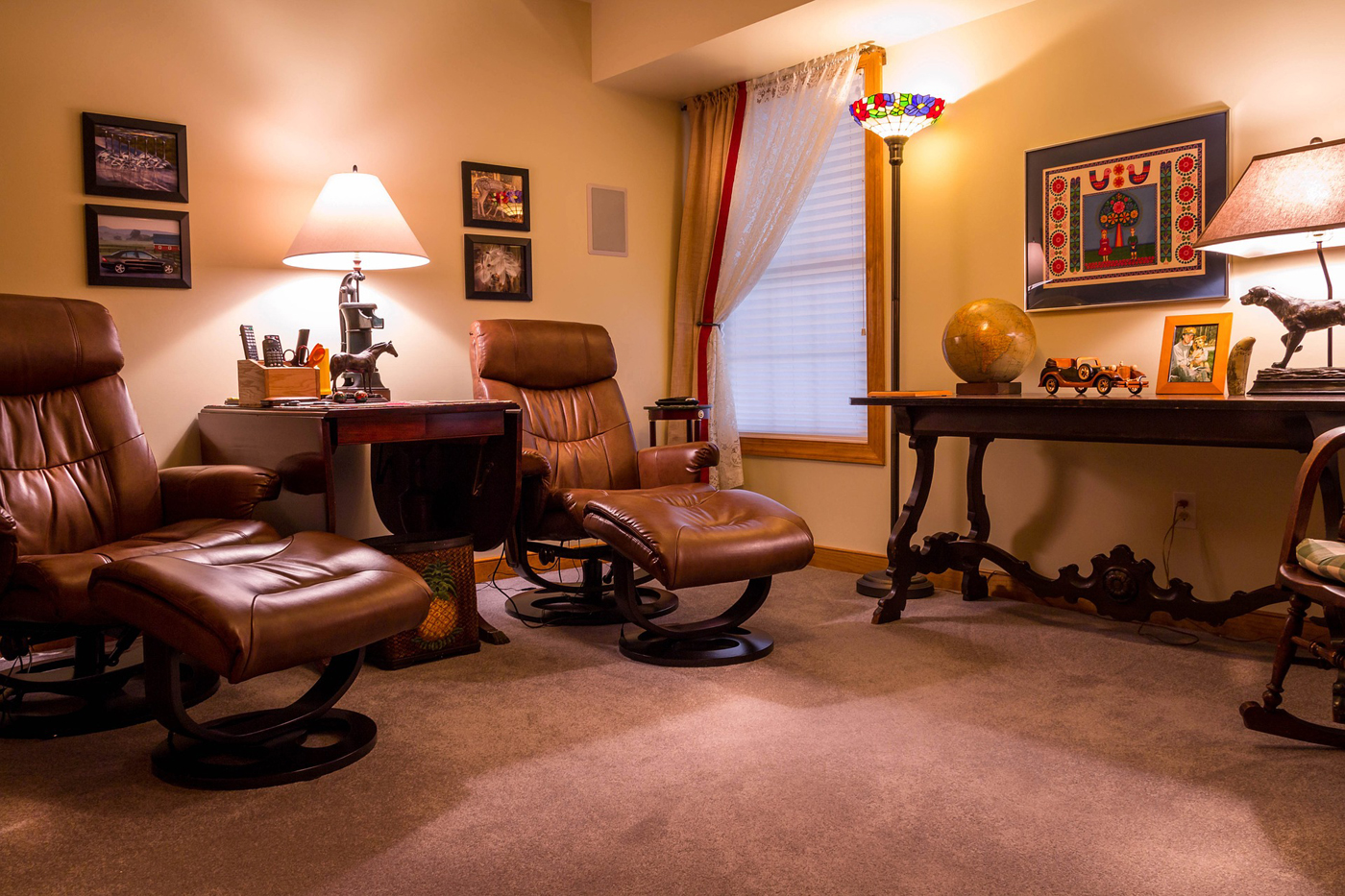 Furniture
Furniture Kitchens Designed for Aging in Place
Kitchens Designed for Aging in Place Lighting and Light Switches
Lighting and Light Switches
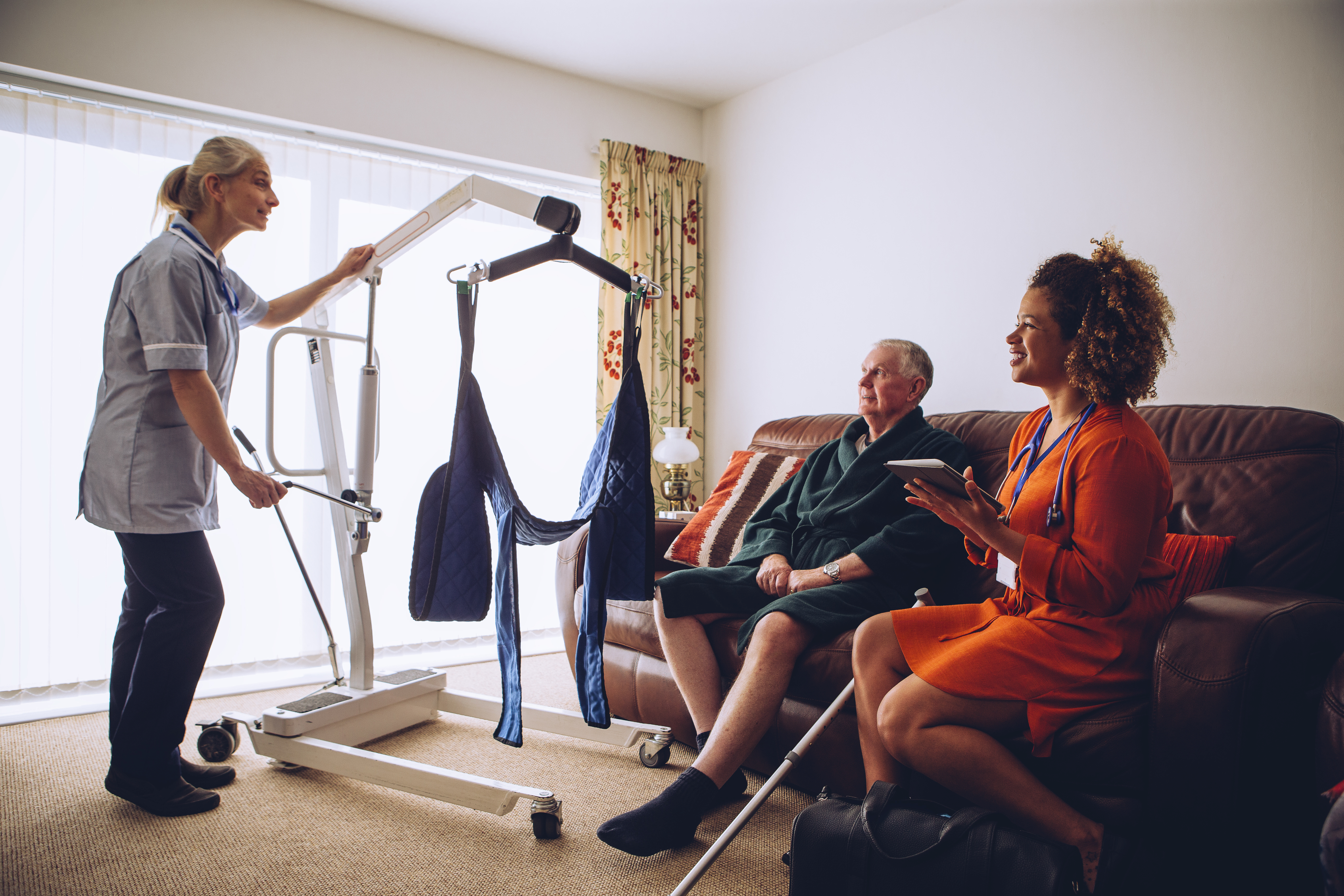 Assisting With Functional Mobility
Assisting With Functional Mobility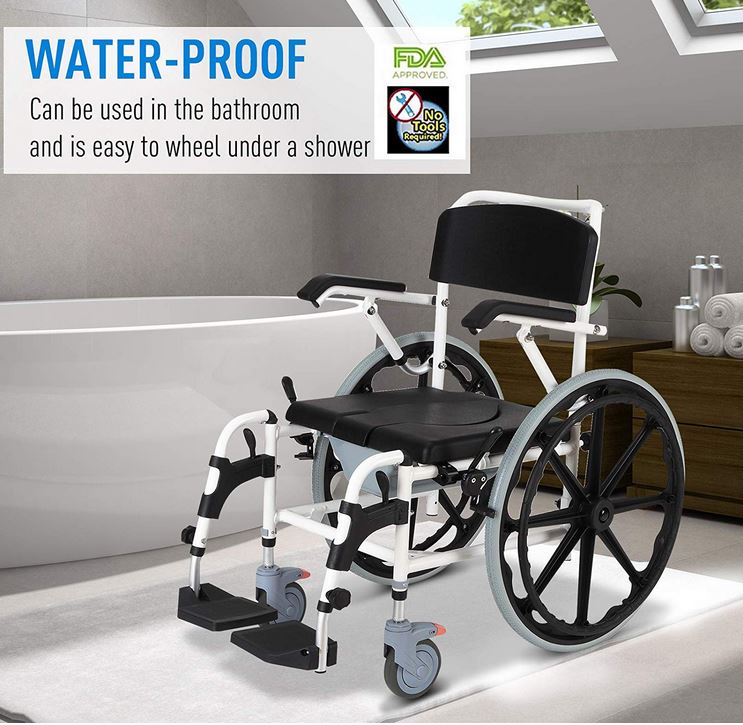 Bath and Shower Mobility Aids
Bath and Shower Mobility Aids Bedroom Mobility Aids
Bedroom Mobility Aids Assisting with Personal Grooming and Hygiene
Assisting with Personal Grooming and Hygiene Caring for Someone With Incontinence
Caring for Someone With Incontinence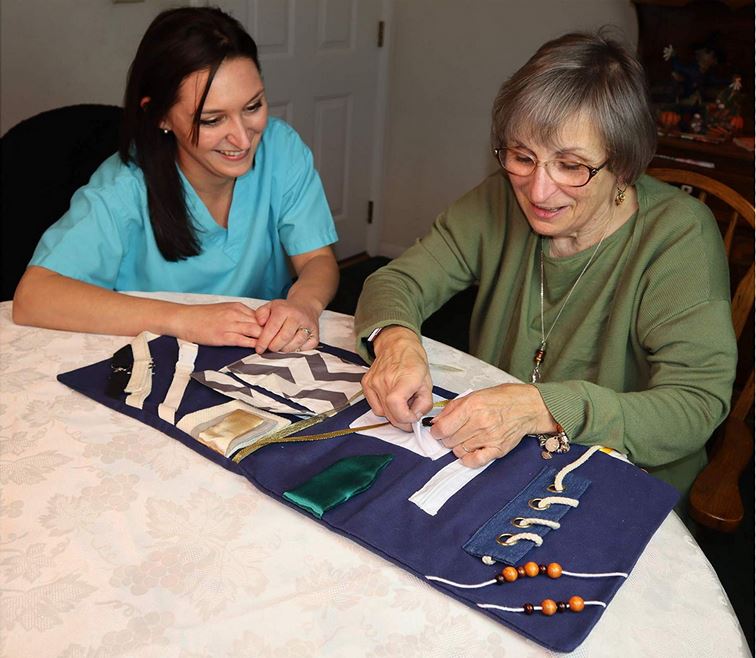 Helping People To Cope with Alzheimer’s and Dementia
Helping People To Cope with Alzheimer’s and Dementia Helping With Bill Paying
Helping With Bill Paying Home Cleaning Services
Home Cleaning Services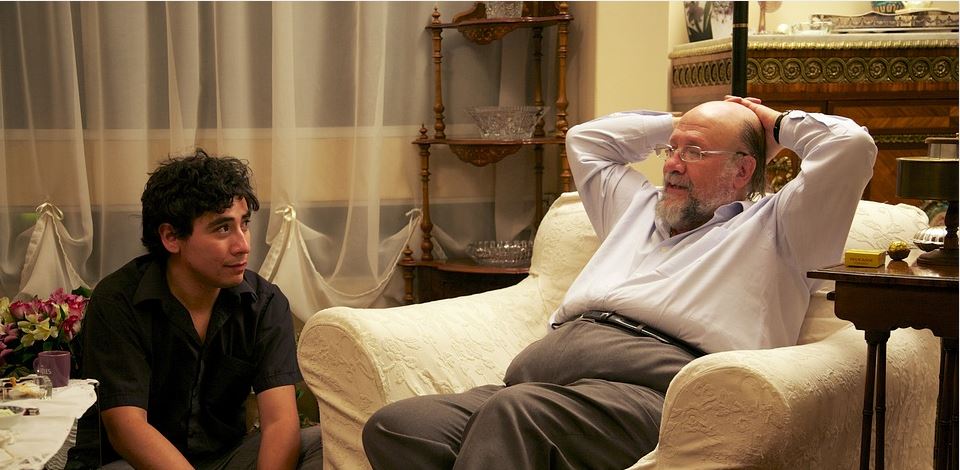 Offering Companionship
Offering Companionship Providing Medication Reminders
Providing Medication Reminders Providing Transportation
Providing Transportation Running Errands
Running Errands
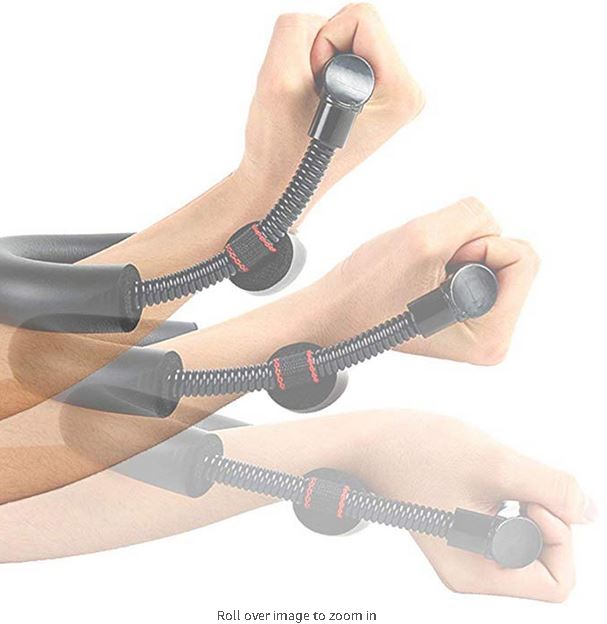
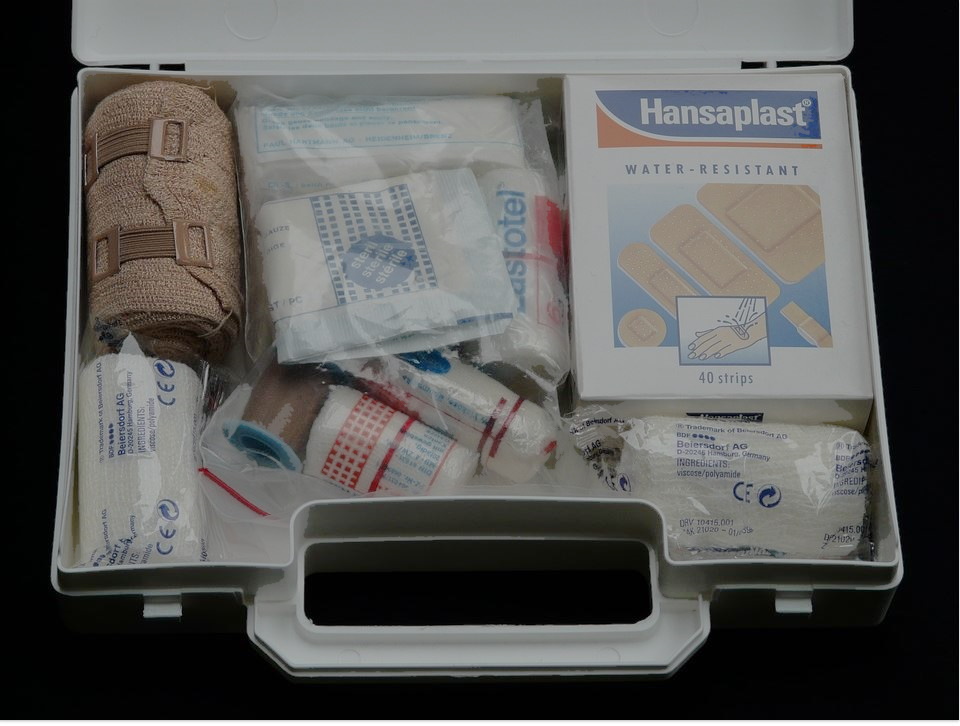 Burn Care
Burn Care Mental Health Rehabilitaion
Mental Health Rehabilitaion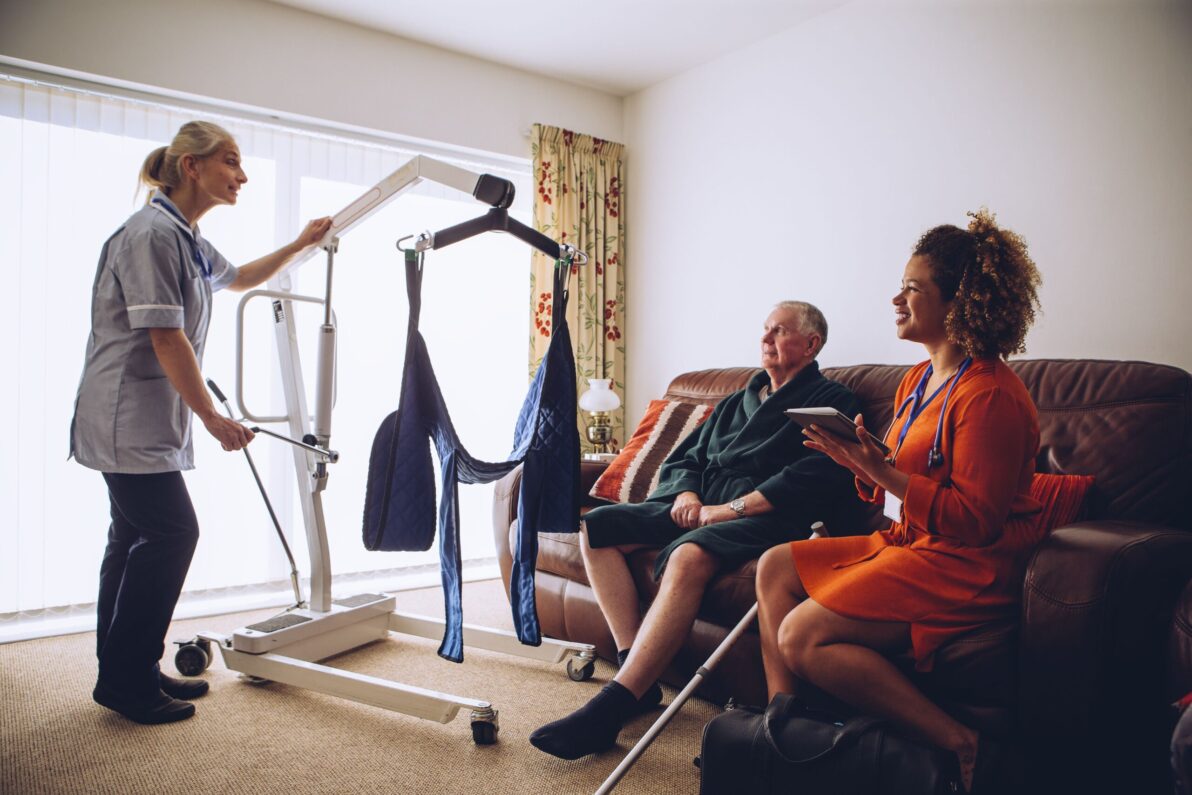
 Canes
Canes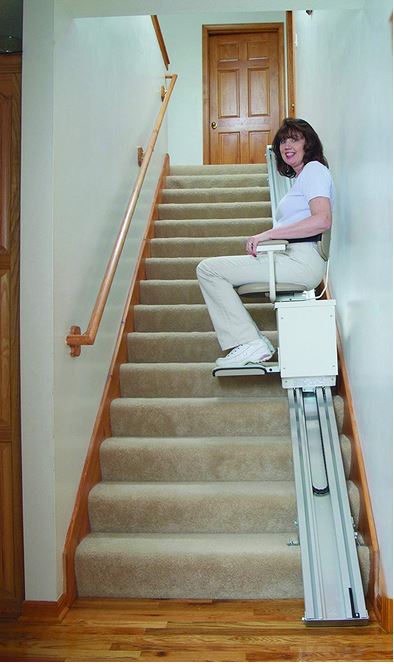 Chair Lifts / Stair Lifts
Chair Lifts / Stair Lifts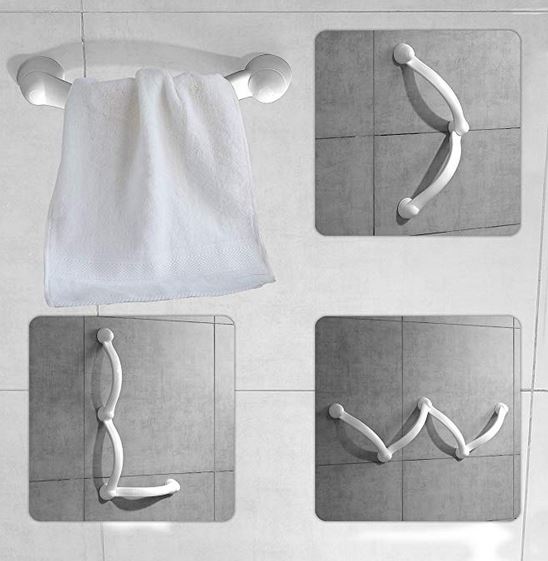 Grab Bars
Grab Bars Knee Scooters / Knee Walkers
Knee Scooters / Knee Walkers Ramps
Ramps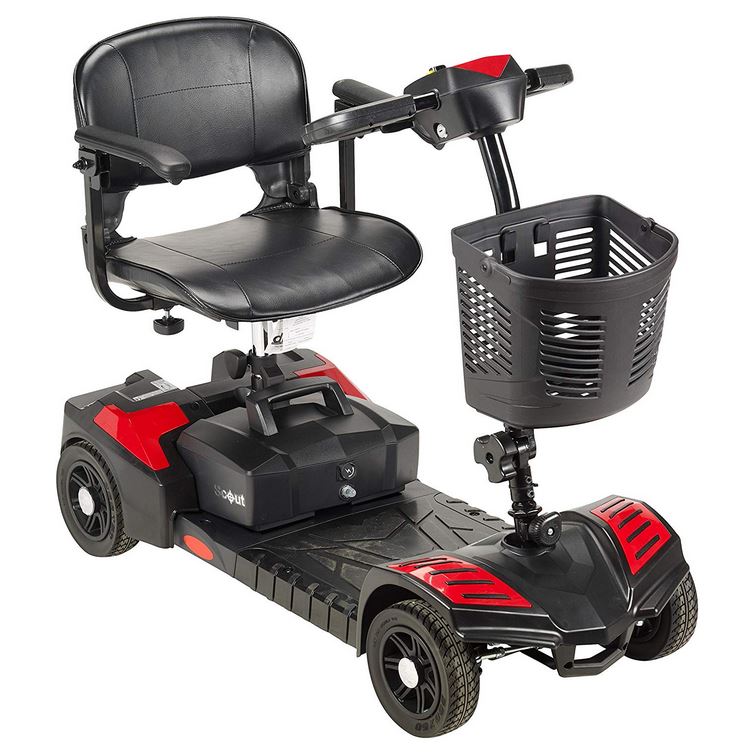 Scooters
Scooters Transfer belts / pads / equipment
Transfer belts / pads / equipment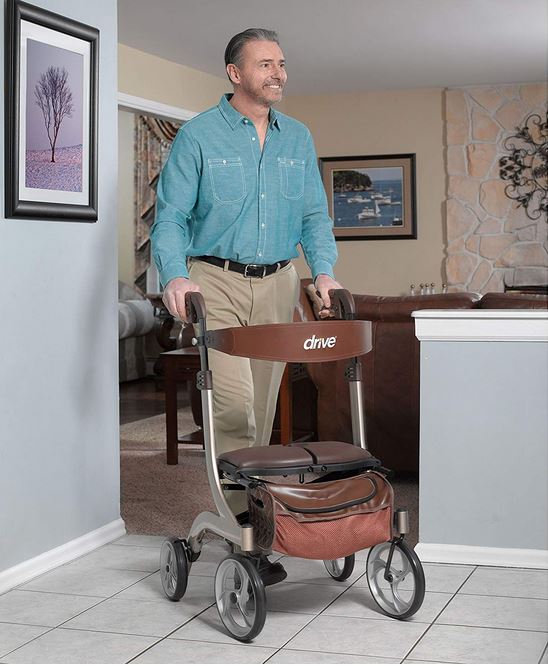 Walkers and Rollaters
Walkers and Rollaters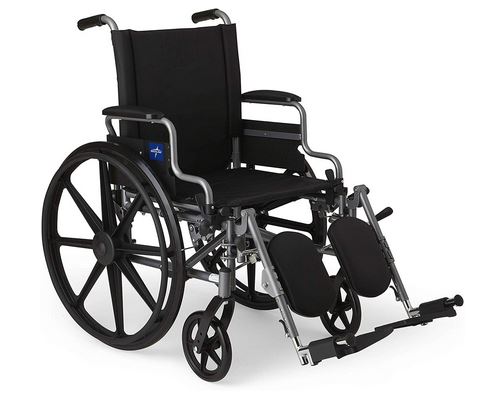 Wheelchairs and Mobile Chairs
Wheelchairs and Mobile Chairs
 Accounting and Tax
Accounting and Tax Books-Seminars-Courses
Books-Seminars-Courses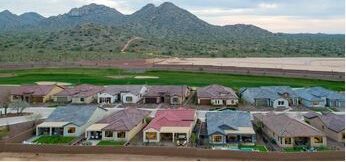
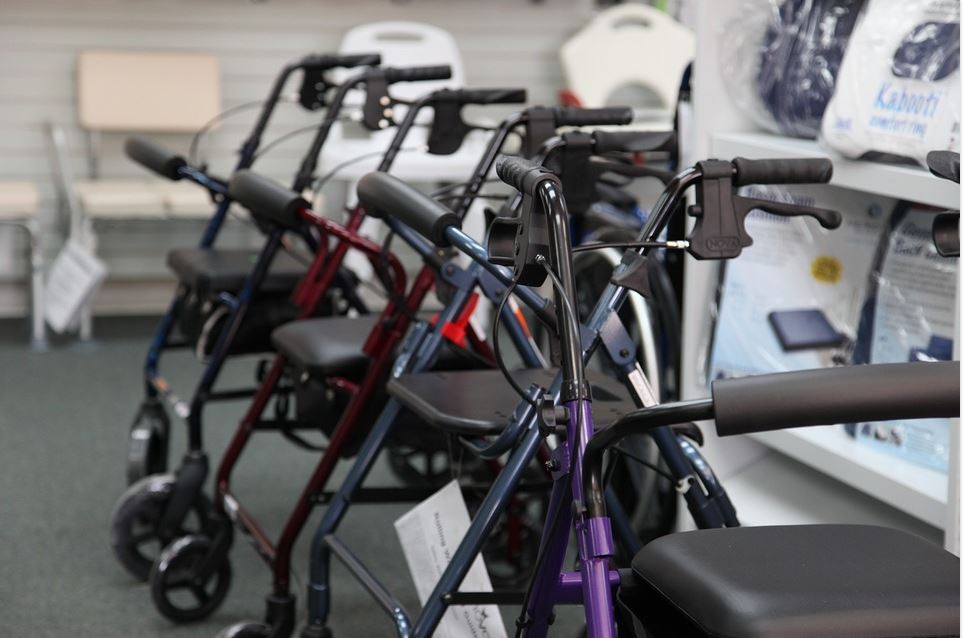 ASSISTED LIVING
ASSISTED LIVING Assisted Living Facilities
Assisted Living Facilities Cohousing Communities
Cohousing Communities Manufactured Housing Communities
Manufactured Housing Communities Naturally Occurring Retirement Communities (NORCs)
Naturally Occurring Retirement Communities (NORCs) Personal Residence LIving Independetly
Personal Residence LIving Independetly Accessory Dwelling Units
Accessory Dwelling Units Continuing Care Retirement Communities
Continuing Care Retirement Communities Multigenerational Households
Multigenerational Households